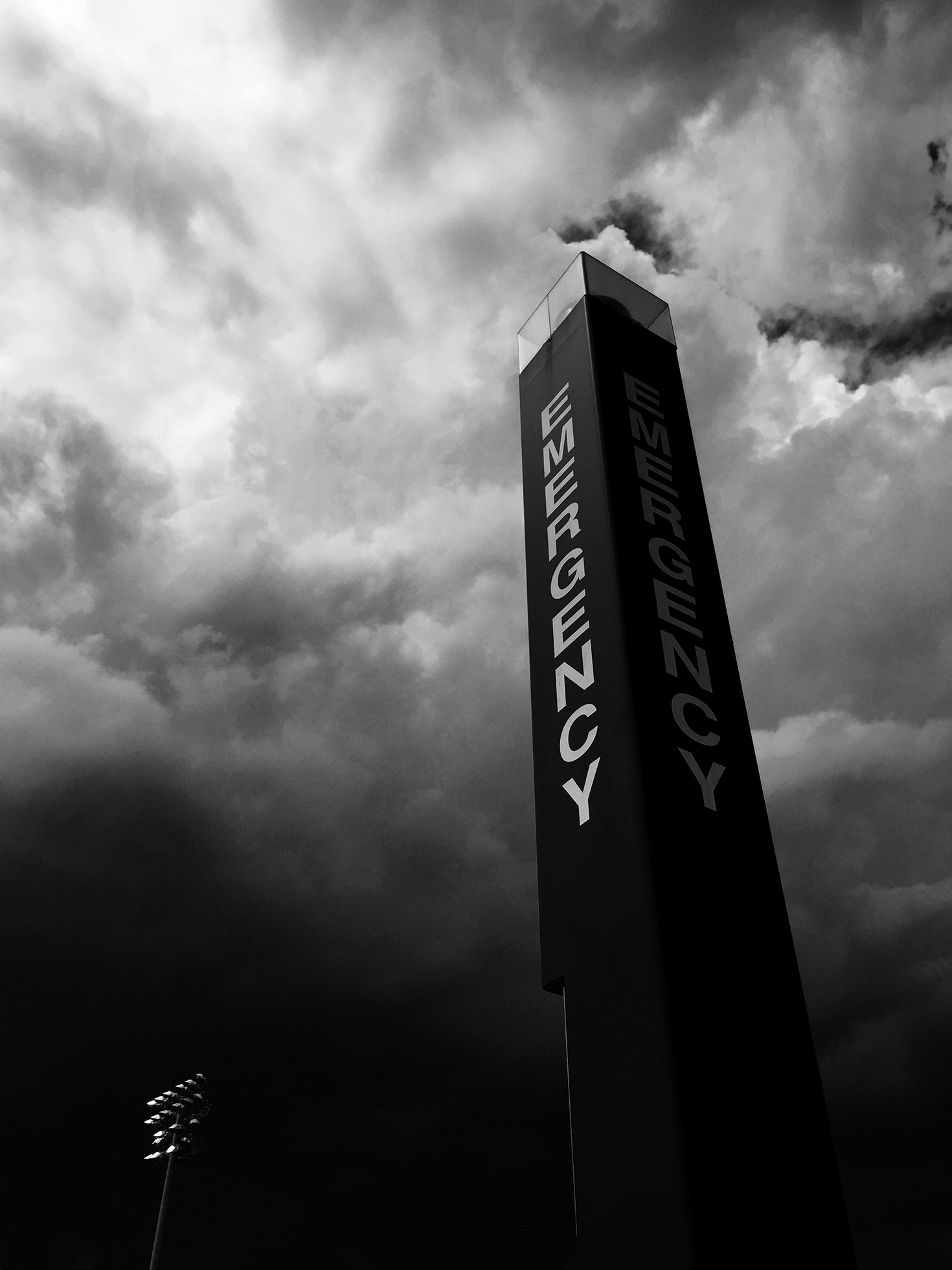In the spring of 2020 in New York City, touch is dangerous. When I arrive to work as an emergency-room physician, I immediately don my N95 mask, a face shield, a gown, and nitrile gloves. My coworkers, all similarly dressed, are difficult to recognize. Even friends become anonymous.
I pass through three sets of doors into the zone of contamination, where negative air pressure prevents any airborne virus from escaping. My first patient is Daniel. I already know from reviewing his chart that he is forty-five years old with multiple medical problems, including cerebral palsy, which has caused some cognitive delays and spastic quadriplegia. Normally, when I enter a patient’s bay, I look at their face for a clue as to how sick they feel. Now, with faces covered, I look first to the wall-mounted monitors: How fast is the patient’s heart beating? What is their breathing rate? How high is the oxygen level in their blood?





